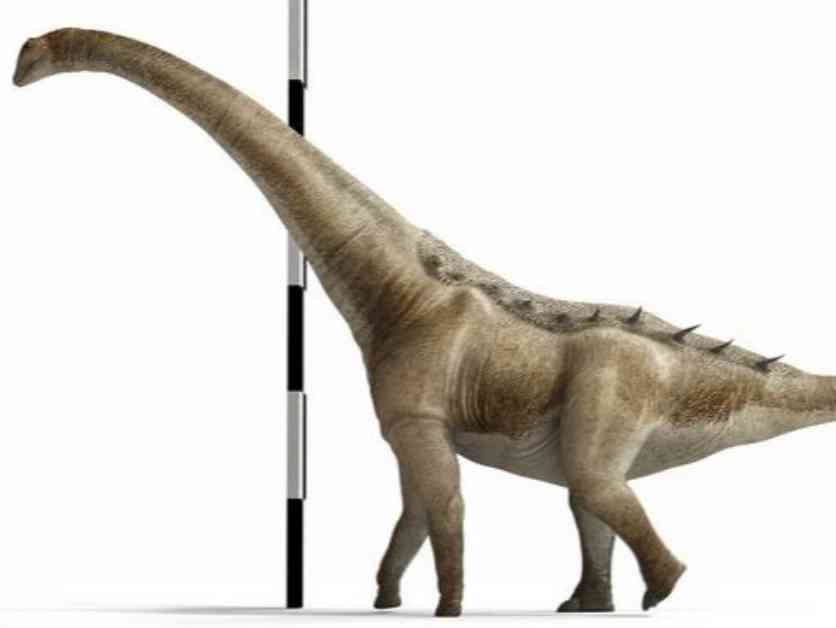A significant discovery in Spain has provided new insights into the migration patterns of sauropods across Asia and Europe before the extinction of dinosaurs. The newly named Qunkasaura, with its well-preserved bones, has enhanced the understanding of dinosaurs in Europe during the Late Cretaceous period.
Qunkasaura’s discovery was accidental, as workers excavating near Cuenca in 2007 unearthed a layer containing fossilized bones while constructing a railway for a high-speed train line. Over 10,000 bones, including those of dinosaurs, ancient turtles, and crocodiles, were found at the site, with several sauropod remains, including those of a unique species.
Most of Qunkasaura’s pelvis, trunk and tail vertebrae, ribs, neck fragments, and parts of the femur and fibula were discovered, providing valuable information about its size and weight. The sauropod was estimated to be 32-50 feet long and weighed around 11 tons, making it larger than other sauropods found in Spain and Europe during that period.
What makes Qunkasaura unique is its size and tail vertebrae, which resemble those of South American titanosaurs rather than European sauropods. This led researchers to believe that Qunkasaura may be related to Asian forms, particularly those in the opisthocoelicaudiine group that includes sauropods from Asia and possibly North America.
The similarities between Qunkasaura and opisthocoelicaudiine species like Opisthocoelicaudia skarzynskii from Mongolia suggest that the species may have migrated to Spain from Asia through Eastern Europe when sea levels were lower. This discovery places Qunkasaura among other fossils with Asian affinities found in Spain and Portugal, indicating a wave of migration before the dinosaur extinction.
Further analysis of bones from the site near Cuenca may reveal more species, potentially similar to Qunkasaura. The ongoing research and discoveries in this area are expected to contribute to a better understanding of dinosaur migration patterns and evolution during the Late Cretaceous period.
In conclusion, the discovery of Qunkasaura in Spain sheds light on the complex migration patterns of sauropods and their adaptation to changing environments before the extinction of dinosaurs. This unique find not only adds to the paleontological knowledge of Europe during the Late Cretaceous but also highlights the interconnectedness of dinosaur species across continents.










